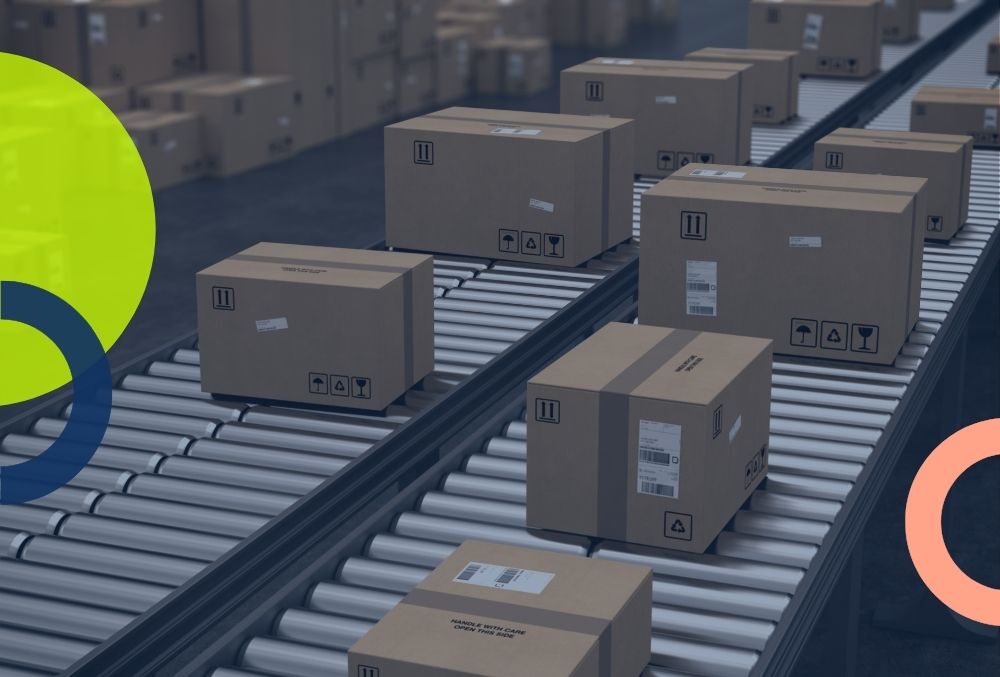5 Key Points for Making Your D2C Brand Successful

All types and sizes of businesses inherently sell things: Either products or services. If your D2C brand sells the former, this is the ultimate guide for you! In this article, we will discuss how you can improve your business model and make your brand successful. We will explain BOM, inventory management, selling price, and online marketplaces in great detail so that you can plan the future of your business better.
What is the Bill of Material and Why Is It Important?
Running a business often refers to selling a product or a service, yet it actually encompasses the production process as well: First bringing together the raw materials, manpower, and various other elements, then following the production process.

Bill of Material (abbreviated as BOM) is the document that contains all the materials and/or elements required to create a product or a service. This bill may consist of raw materials, sub-assemblies, intermediate assemblies, sub-components, parts, and the quantities of each needed to manufacture the end product.
As the Bill of Material roughly summarizes the production process, bill generation is one of the most essential steps of production management.
The bill generation process, which is one of the most important steps in production management, is designed as a simple chart showing how much of a raw material the manufacturer should use to complete production.
The Bill of Material offers all the important information regarding which materials are needed for production, how much of each material is needed, and so forth. That is why generating a BOM and referring to it when needed significantly accelerates the production process and allows businesses to be more efficient.
If you need more information on BOM, see our blog post about it!

Everything You Need to Know About Inventory Management
Inventory tracking is an integral business process that directly affects your sales and profit. Keeping up with the inventory is important since it allows you to restock when needed.
If a business fails to keep up with their inventory, it may lead to loss of profit and even new expenses. Let’s first take a look at the scenario where your business is out of stock. In this case, you will need to reject your customers by telling them that you don’t have the product they are looking for. This is never good for the business. Building up a customer base, creating a brand identity that emphasizes efficiency, speed and reliability takes a long time and much effort. By failing to keep up with your inventory and rejecting your customers due to running out of stock, you can easily tarnish your hard-earned reputation, hence you can actually lose business.
In the other scenario where you lose the track of your inventory, you overstock. Having more products than you actually need costs a lot of money. If your goods are perishable, you might need to sell them for less than their worth in order to deplete the stocks. If your goods have a long shelf life, then you will need to find a storage solution for them. In this case, you will have to spend a significant amount of money to rent a storage unit or a warehouse.

If you want to protect the reputation and efficiency of your business, you need to ensure that you employ necessary inventory management solutions.
The main goal of inventory management is stock tracking. Simply put, stock tracking covers every process and step between bringing a product into the warehouse and selling/delivering it to the customer. In order to ensure that you follow what goes in and what goes out, you can employ the IoT (Internet of Things) technologies, inventory management software, Excel spreadsheets, and more. If you want to learn more about inventory management solutions, check out our related blog article.
How to Determine Selling Price – It Has Never Been Easier
You have designed your product, manufactured it, came up with a marketing strategy, choose your target audience and now, you are finally ready to sell. The only thing between you and your profound success is the selling price! How much should it be? How can you determine it? Which factors should you consider? We are here to explain!
Pricing can be very tricky, especially for new businesses. Incorrect pricing can hurt your business significantly, moreover, it can even cause the demise of your business. That is why most business owners spend a good deal of time trying to calculate the best price for their product or service. If you opt for a sub-optimal selling price, you lose money regardless of how many products you sell. If you go for a higher price mark, you can lose your target customer base’s attention and trust, as a result, your business may go south.

When determining a selling price, you need to consider many factors: Who is your target buyer? Why do people buy your product: for pleasure or because of necessity? How much do your production processes cost? Is your product perishable? How long is the shelf life? Is storage expensive? How tough is your competition? What is your profit target? Are there any other variables you should be considering?
Try to answer all of the questions above before determining a selling price. Don’t forget the fact that your customers will be happy when the price of your product goes down, but they will not be very pleased when it goes up.
If you need some help with determining your selling price, check out our comprehensive blog post on selling price!
Shopify vs Amazon: Which Platform is Best for Your Business?
With the emergence of online marketplaces, D2C businesses are living their golden era! Now it is cheaper and easier than ever to reach your customers, sell and ship your products all over the country. All you need to do is create a seller account at one of the most popular online marketplaces, take high-resolution images of your products, and start selling them.
You don’t need to build a webpage and online shop from scratch or deal with the stress of incorporating a secure and reliable payment system. Moreover, if you use appealing images of your products and include important keywords in the product definition texts, you don’t even need to spend thousands on marketing: Your target customers will be able to find you easily with a simple search on the marketplace.

It is no secret that online marketplaces and eCommerce sites are absolutely necessary for you to grow your business and multiply your profit margins. Yet there are many alternatives on the internet, that is why you must be very careful when deciding which platform to use.
Two of the biggest players today are Amazon and Shopify. Both offer serious advantages to their users, that is why we advise you to carefully review each before making a commitment.
As an eCommerce platform, Shopify offers more freedom to the sellers while Amazon, the prime online marketplace, has significantly more traffic. If you need help choosing, check out our blog post comparing the pros and cons of Amazon and Shopify.
How to Use Lead Time for Your D2C Supply Planning?
Small and medium-sized companies that sell their services and products on the internet often rely on intermediary sites like Amazon and Shopify. This way, they can find their customers much more easily, spend only a fraction of the usual price on the website development and online payment systems, and deal with overall less stress. The downside of intermediary web pages is the commission. Such sites often charge a considerable amount from the sellers. In order to compete with others, businesses avoid upping the price. As a result, they often pay the commission from their earnings.

In order to avoid the intermediaries, most small to medium-sized businesses opt for the D2C marketing model. In this model, lead generation and lead time planning have the utmost importance. The time between the formation of demand for the product and the delivery of the product to the final consumer is called lead time. If lead time is long, it hurts the image of your business and makes your customers think that your business is not reliable. That is why keeping the lead time is very important for the success of your business.




.png)





